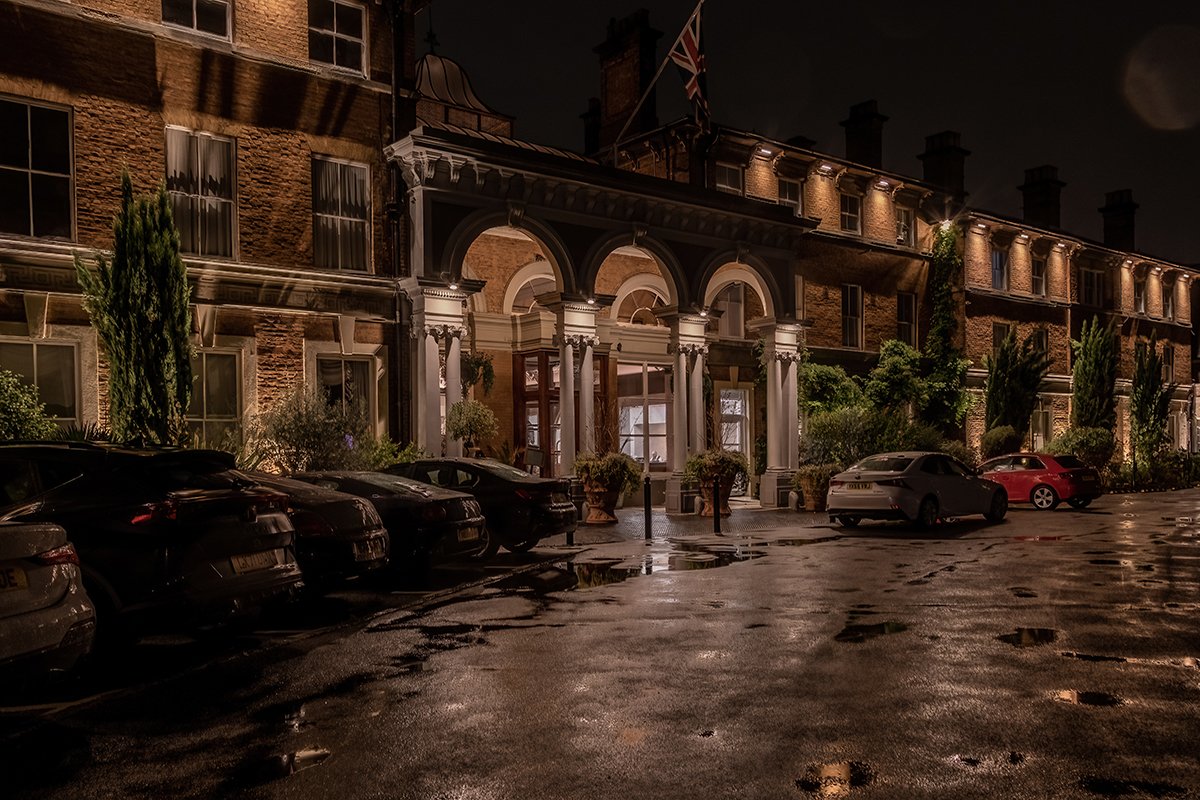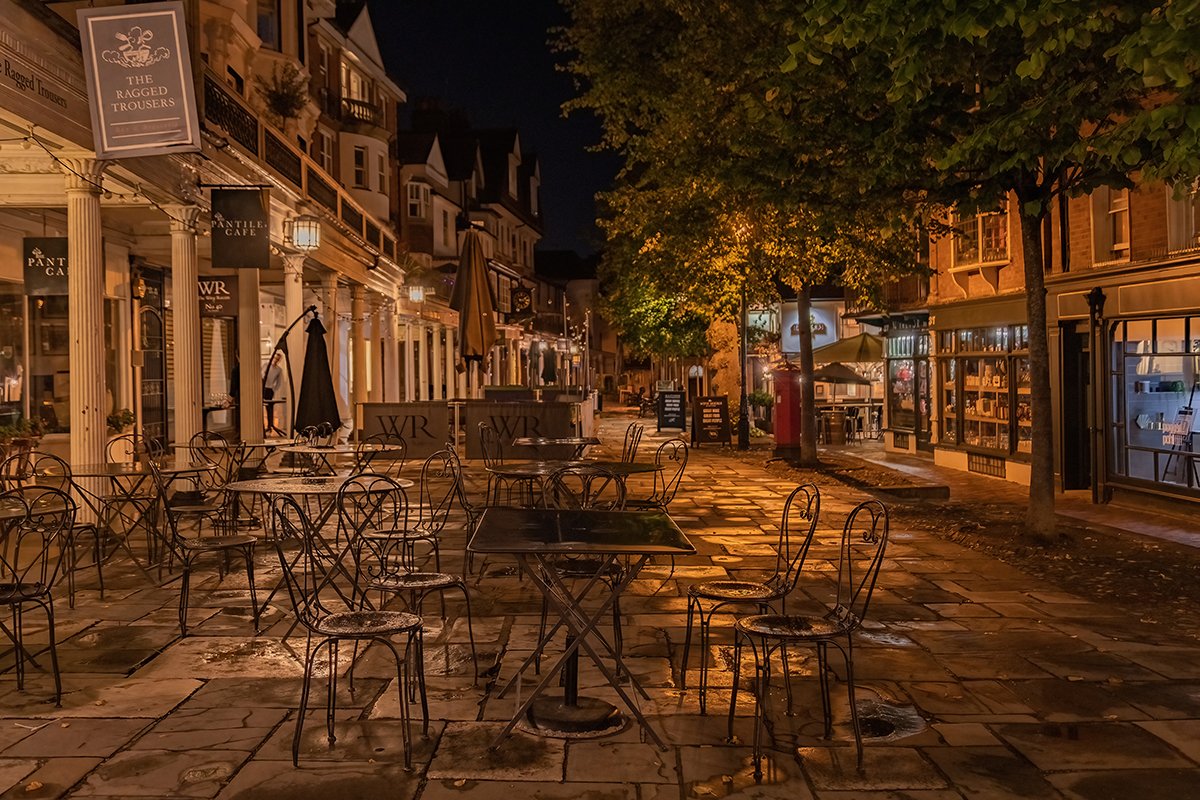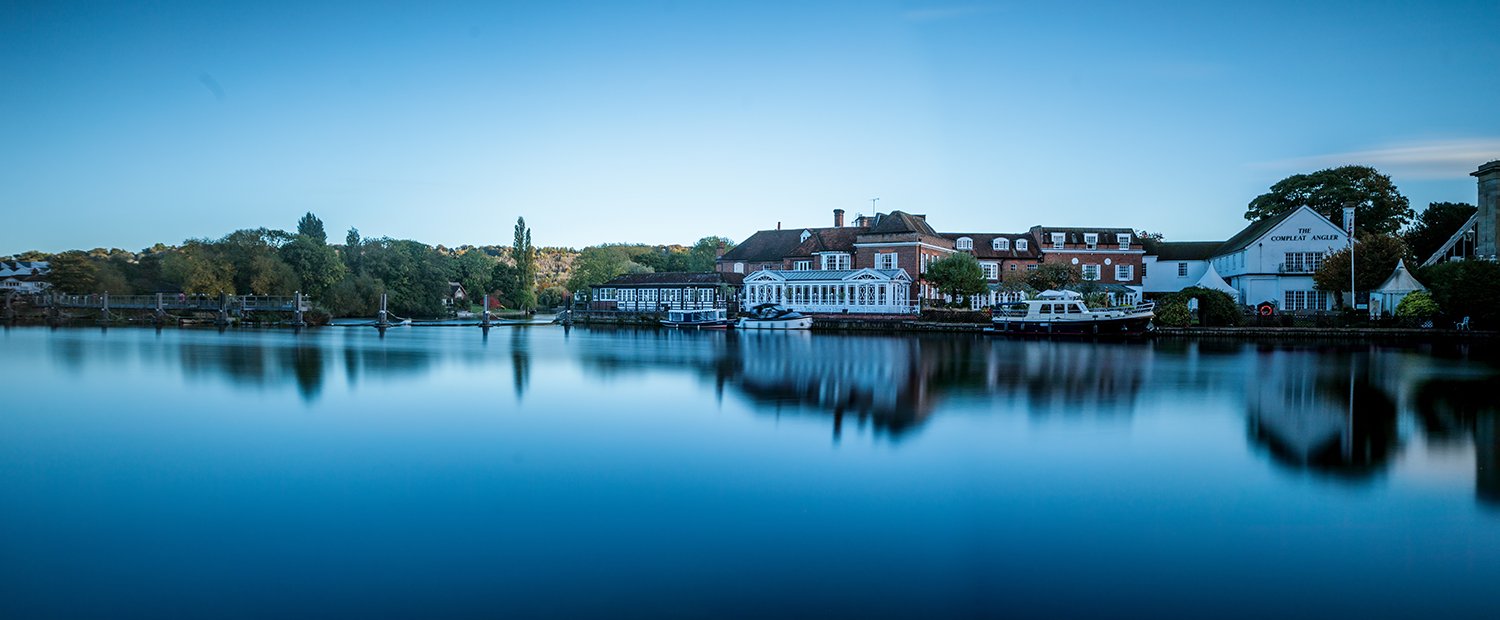Mastering the Art of Architectural Photography
A Comprehensive Guide to Stunning Images
Architectural photography is a unique and challenging branch of photography that requires a combination of technical skills and artistic vision. Whether you’re a professional photographer or a hobbyist, or a business owner with a need to produce architectural images, capturing beautiful and striking images of buildings and structures can be a rewarding experience.
In this blog post, as The Time-Lord I will share some tips and tricks to help you take your architectural photography to the next level, as well as providing a more in-depth look at the technical aspects of this type of photography.
Equipment
First and foremost, it’s essential to have the right camera equipment. A DSLR camera or a mirrorless digital camera is the best choice for architectural photography as they offer greater control over exposure and focus.
Additionally, a wide-angle camera lens is necessary to capture the entire building or structure in the frame. However, a tilt shift lens is the preferred weapon of choice when photographing architecture and interiors.
Tilting and Shifting
Tilt-shift lenses are designed to correct perspective distortion and produce a more natural image. When taking a photograph of a building, you will need to use a tilt-shift lens to avoid curvature when the final panoramic image is produced.
The shift function of the lens moves the lens across the horizontal plane, allowing you to capture a wider field of view without distortion. This means that more than one image is needed when using a tilt-shift lens to capture the full view of a building. land, town or city scape.
You will need to take one shot; move the lens across the horizontal plane using the shift dial. You then take a second shot; third; fourth and so on. Depending upon the width of the scape in front of you, and the width of the lens, will dictate how many shots are required. I generally shoot four or five shots on a 24 mm tilt shift lens from Canon.
Editing
Editing software such as Adobe Lightroom or Photoshop, Affinity Photo, Luminar Neo, or other higher-end software is also then necessary to stitch the individual images together. This software allows you to seamlessly blend the different images, creating a final panoramic image that captures the full view of the building.
Oatlands Hotel – Woking – by Arwyn Bailey

Three Legs Are Better
Using a tripod is also crucial for architectural photography. A tripod allows you to keep your camera steady, which is essential when taking long exposure images. Additionally, using a tripod enables you to take long exposure images both during the day and at night time.
Be aware that you will need a heavier tripod for certain conditions. A light travel tripod will move in the wind, or, when the vibration of traffic, trains and other transport. Make sure that you buy a tripod that is heavy enough to withstand such movement.
The Tunbridge Wells Hotel – Royal Tunbridge Wells – by Arwyn Bailey

Let There Be Light
The light triangle is another crucial tool in architectural photography. This refers to the relationship between aperture – the f-setting, shutter speed – the nth of a second to many minutes that the sensor on a camera is exposed to light, and the ISO – this used to be called the film speed or ASA in the days of film, and how these three aspects of photography work together to create a properly exposed image.
The aperture controls the amount of light that enters the camera through the lens, the shutter speed controls the length of time that the light is allowed to enter the camera, and ISO controls the sensitivity of the camera’s sensor to light.
Understanding the light triangle is crucial for getting the best results when taking photographs of any genre.
Each shot taken, using a tilt shift lens, will need to be taken using the same aperture, shutter speed and ISO. It is no use using auto, shutter priority, or aperture priority settings when shooting several images that will then be stitched together.
The editing software that you use may have a problem merging the images as the differences between them may be too great. Furthermore, if the images are merged together successfully, the resulting image will look odd with different light setting in the resulting single image. Understanding and using the manual settings is an absolute must when shooting architecture longer exposure.
NDR Filters
An NDR filter is also an important tool for architectural photography. These filters, also known as Neutral Density Filters, are used to reduce the amount of light entering the camera without affecting the colour of the image. This allows for longer exposure times, which can be used to create a smooth and silky effect in water or clouds. These filters are available in different strengths, and the strength of the filter will affect the length of exposure.
I use a range of NDR filters depending upon the conditions. The first is a 6 stop filter; then a 10 stop filter and finally as 15 stop filter. Which one I use depends upon two things. Firstly, what are the light conditions, and secondly, what do I want in the final image.
If it is very bright, for example, I use the 15 stop image. This will help me to cut out the light and use a longer exposure. I also use an NDR filter o create a longer exposure to create a smoothed ot surface on a lake or river, and to smooth out clouds.
I may also use a long exposure for another reason. If there are people walking about, I may want them excluding from an image. If I use a sufficiently long exposure and folk are moving around enough, they will not end up being in the image. Using an NDR filter enables me to use a long exposure on an image, thereby excluding people from the final image.
The Compleat Angler – Marlow Buckinghamshire – by Arwyn Bailey

Exclusion
There is another method of excluding people from n image, without a long exposure. Again, use a tripod, and take lots of images of the exact same scene. You can then send these images through editing software, such as Adobe Photoshop. The software will look for only those parts of an image that are in the majority of images. If you take an image every 30 seconds or so, for a period of five to fifteen minutes, the software will exclude a person if they are not in other images. You then end up with an image that excludes the majority of people, and vehicles, if they are moving about enough.
Summary
In conclusion, architectural photography requires knowledge and expertise. If you want to take a shot of your work building, a construction site, an architectural building, a town or city scape, then it’s best to contact a professional photography service. With the right camera equipment, editing software, and understanding of photography concepts such as the light triangle and NDR filters, you can create stunning images that showcase the beauty of architecture. Remember, taking time to understand the technical aspects of photography will help you to produce better and more professional photos.
Being Technical
The advent of Smartphone devices has created a democratic accessibility to imagery.
However, such modern devices have not (yet) negated the need for experience, creativity and skill.
Shooting architecture is a challenge to my creative juices but the end results ultimately reflect the nature of each brand and client.
Within your own business there are occasions when your own mobile device will suffice, but, on other occasions, you need a professional to produce images that will create a lasting impression and gain traction for you and your business.
For your own photography you need to be free to do what you do best.
A Smartphone does not always cut it. We can.
Get in touch
The services that I provide to you give you media that is impactful and designed to create a response.
Tapping into my experience starts with you contacting me by clicking here for a no-obligation conversation, or, book an appointment with me on my calendar.
You can review the services that I offer to you within a safe environment during this COVID-19 situation.
Start planning your own event or trade show endeavours with me today.
Lord Pennington-Bailey, Arwyn, of Hougun Manor.
